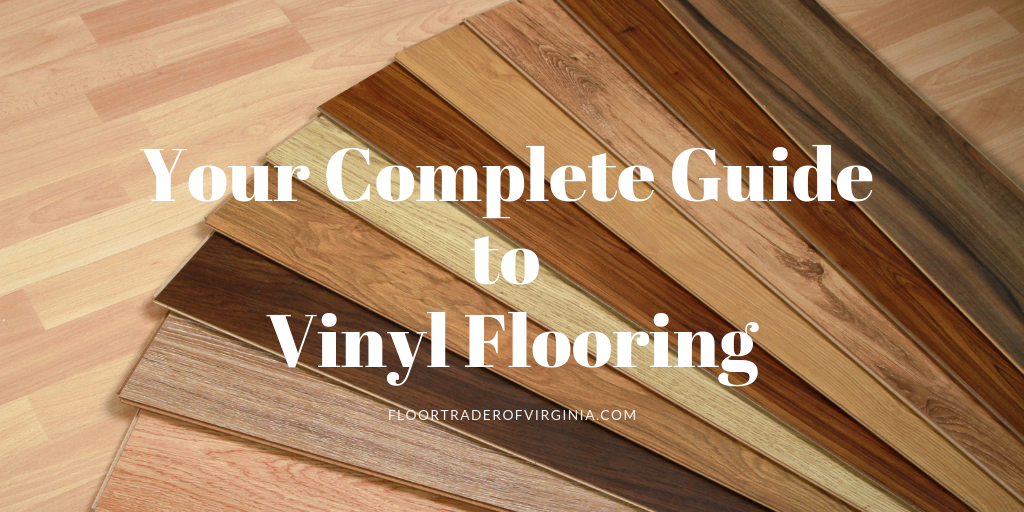 With the vast array of colors, styles, and designs, vinyl flooring is one of the least expensive and most popular types of flooring among homeowners because of the great value it offers. Also referred to as the “resilient flooring,” vinyl is tough, durable, waterproof, and bounces back seamlessly after being compressed underfoot due to the slight cushiony feel that’s characteristic of vinyl flooring. Before you choose vinyl, we’ve compiled everything you need to know about it: the questions we most frequently get and how to clean and maintain vinyl so you know you’re making the best decision for your home.
With the vast array of colors, styles, and designs, vinyl flooring is one of the least expensive and most popular types of flooring among homeowners because of the great value it offers. Also referred to as the “resilient flooring,” vinyl is tough, durable, waterproof, and bounces back seamlessly after being compressed underfoot due to the slight cushiony feel that’s characteristic of vinyl flooring. Before you choose vinyl, we’ve compiled everything you need to know about it: the questions we most frequently get and how to clean and maintain vinyl so you know you’re making the best decision for your home.
The durability of vinyl flooring largely depends upon its wear layer which is the clear plastic film that’s applied on top of the flooring. The thicker that layer, the longer-lasting the flooring and you can get them in various sizes, most commonly 6, 12, and 20 millimeters thick. A room that sees little foot traffic can withstand a thinner wear layer which will, in turn, cost you less than a room that sees heavy foot traffic like an entryway which will need a thicker layer.
The thicker the layer, the less it will be affected by scratches as well so the likelihood of scratches may be something to keep in mind when determining the thickness of that layer. Let’s say, for example, you have a crazy, little pup who loves to bolt around the house and you’re worried about him scratching up your brand new floors; you can get the thickest wear layer option.
However, no vinyl is absolutely scratch-proof so precautions should still be taken to protect the floor from things that could scratch its surface. For example, heavy appliances can be placed directly on vinyl floors but we highly recommend you use felt furniture pads on the bottom of the furniture’s legs to prevent scratches. For especially heavy furniture that’s not set on legs, a refrigerator or entertainment stand, for instance, use a large surface floor protector.
Vinyl is a great option for any room in the house, just as long as it is in the house. Vinyl is not an outdoor material as sunlight can cause it to fade and weather conditions can damage the floors over time.
Vinyl flooring comes in a vast array of colors and patterns, some resembling real wood and others created to look like stone. There are several types of vinyl that you’ll see when doing your flooring shopping.
No matter what type of vinyl flooring you choose, it’ll be easy to clean and maintain.
Vinyl flooring must be installed over a clean, blemish-free subfloor so check to make sure it is in good condition, flat and completely smooth. In the case of concrete subfloors, fill in any holes or low-lying parts with patching compound. If the subfloors are constructed of wood, simply sand out any uneven parts.
Beyond ensuring that you have a smooth surface for the vinyl to be installed over, the installation process will vary depending on the type of vinyl you purchase.
Vinyl is great for those looking for a product that requires very little upkeep because it’s easy to clean and maintain even in high-traffic areas of the house. To clean them, simply vacuum up any dust or debris or you can use a damp mop on waterproof styles for a deeper clean. Just make sure to dry up any spills quickly in order to prevent damage to the flooring.
As for maintaining your vinyl floors, there are three main things you should always do: